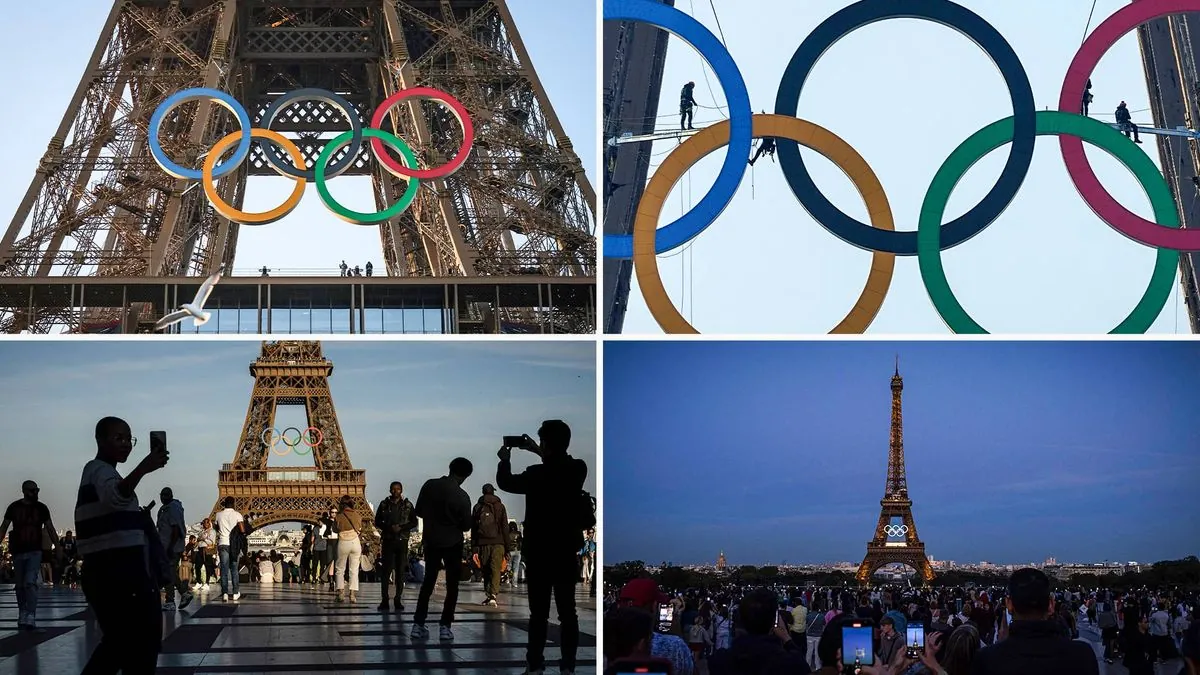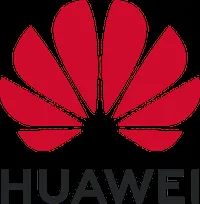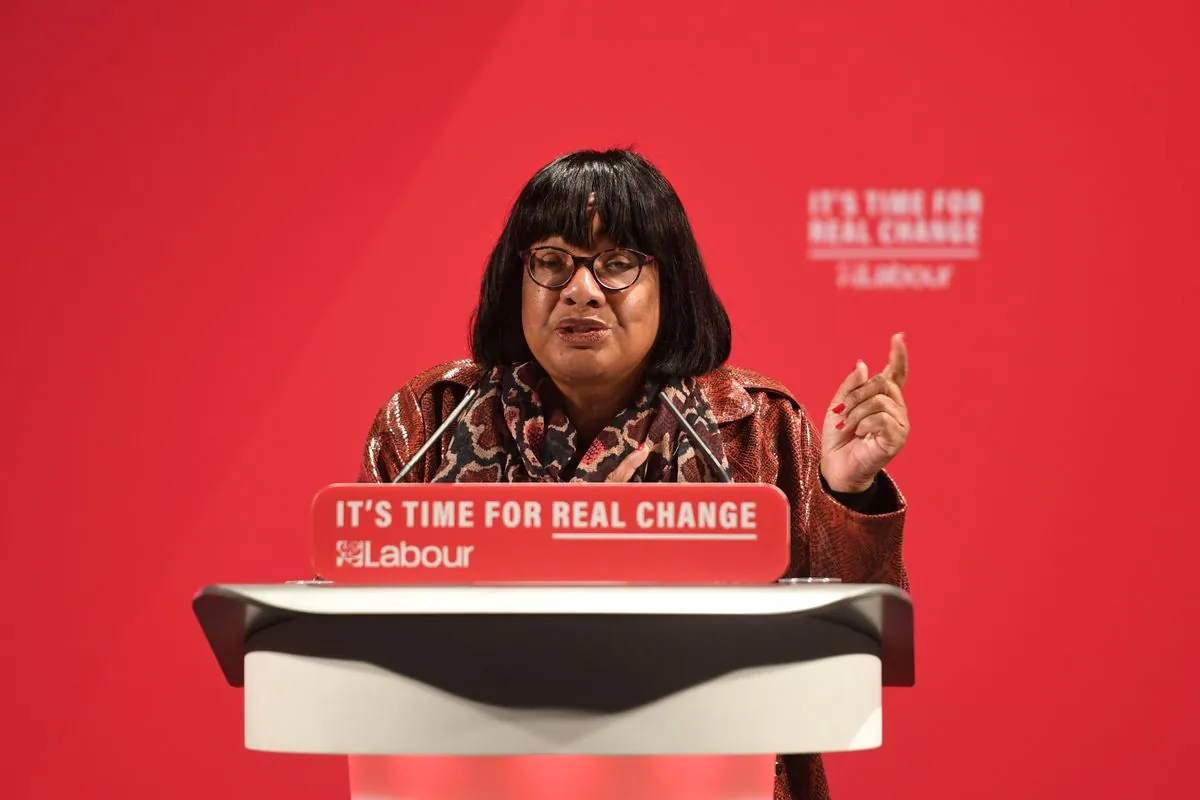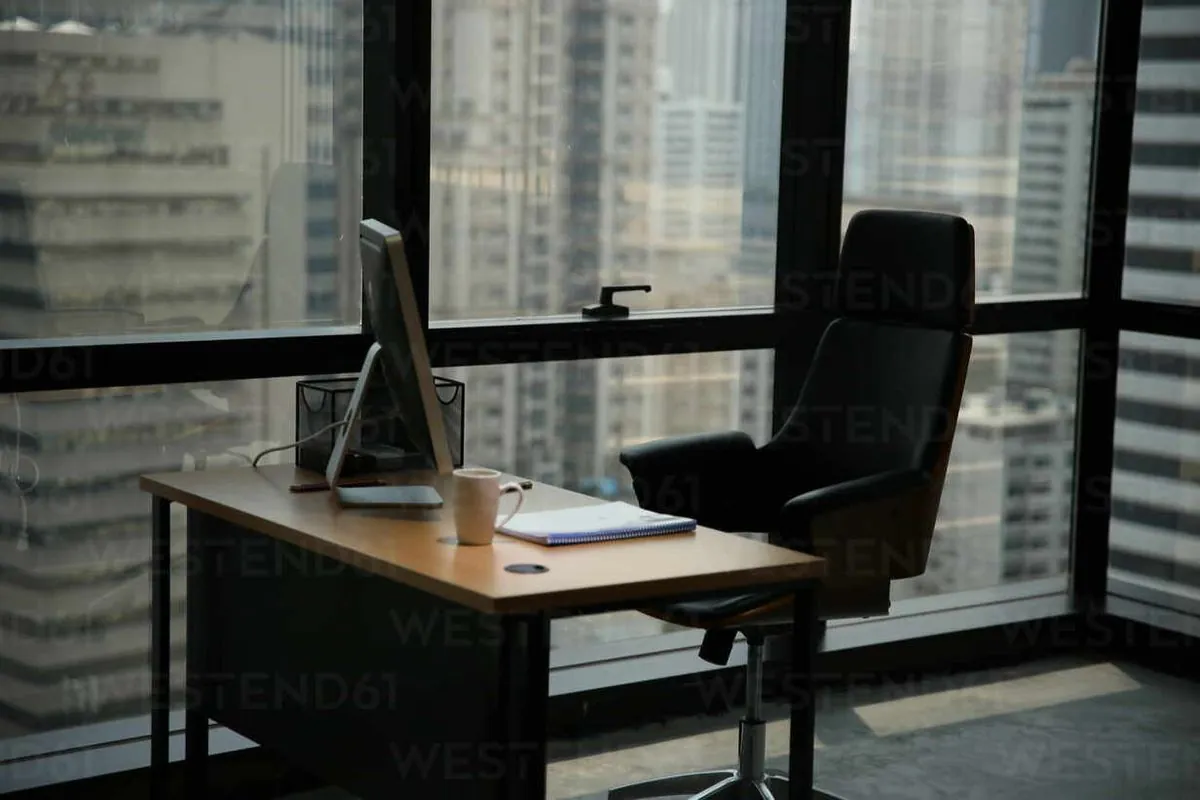Paris to Keep Olympic Rings on Eiffel Tower as Permanent Fixture
Paris mayor announces plans to permanently install Olympic rings on the Eiffel Tower, along with other post-Games changes. Public reaction mixed as city embraces Olympic legacy.

In a bold move to commemorate the 2024 Olympic Games, Paris Mayor Anne Hidalgo has announced that the Olympic rings adorning the Eiffel Tower will become a permanent feature of France's iconic monument. This decision marks a significant change for the 324-meter tall structure, which has stood as a symbol of Paris since its completion in 1889 for the World's Fair.
Hidalgo expressed her desire for Paris and the Olympics to "remain married," reflecting on how the city has embraced the spirit of the Games. The mayor's vision extends beyond the rings, encompassing broader changes to the Parisian landscape inspired by the Olympic legacy.
However, the implementation of this plan requires careful consideration. The current rings, deemed too heavy for long-term display, will be replaced with a lighter version. Additionally, the city must devise a method to conceal the rings during special occasions that may conflict with the International Olympic Committee's neutrality policy.
Public reaction to the announcement has been mixed. Some Parisians have voiced concerns about potential structural impacts on the Eiffel Tower, which receives approximately 7 million visitors annually. Others have likened the permanent display to leaving holiday decorations up year-round, questioning its appropriateness.

Beyond the Eiffel Tower, Hidalgo has outlined plans to retain other Olympic elements throughout the city. She has formally requested that the Olympic cauldron, a hot air balloon design that became a popular attraction, remain in the Jardin des Tuileries. This historic garden, created in 1564, falls under state property, requiring approval from President Emmanuel Macron.
The mayor also proposed preserving statues of ten influential French women, including writer Simone de Beauvoir and women's rights activist Simone Veil, which were featured in the Seine during the opening ceremony. These statues may find a new home along rue de la Chapelle in the 18th arrondissement, leading to the historic Basilica of Saint-Denis.
In line with Olympic-inspired changes, Hidalgo reaffirmed plans to pedestrianize areas around the Eiffel Tower, including Place de Varsovie and Pont d'Iena. This initiative aims to create more space for cyclists and pedestrians, aligning with the city's evolving urban landscape.
As Paris reflects on its third time hosting the Olympics (previous events in 1900 and 1924), these changes represent a significant shift in the city's approach to preserving its Olympic legacy. The decision to keep the rings on the Eiffel Tower, a structure initially intended to be temporary, mirrors the lasting impact the Games have had on the French capital.
"Paris will never be the same again."
This transformation of Paris, while celebrated by some, has sparked debate among residents and urban planners. As the city moves forward with these plans, it will need to balance the preservation of its rich history with the integration of new symbols representing its Olympic achievements.


































